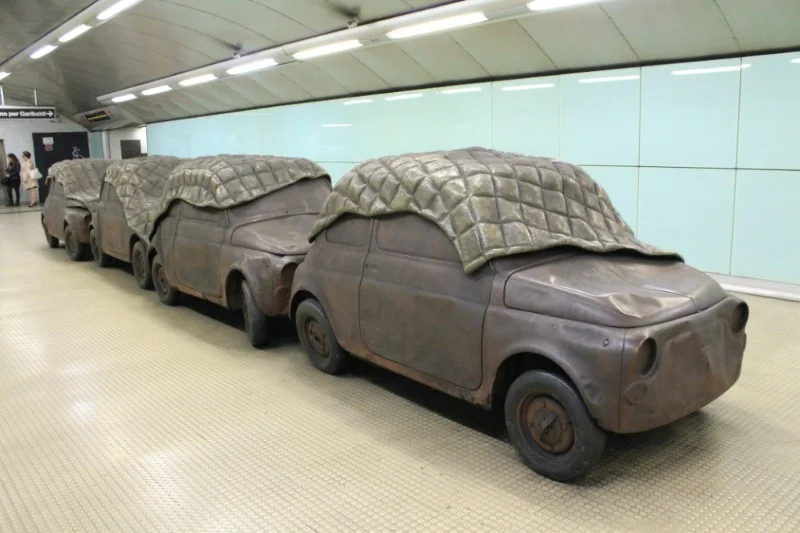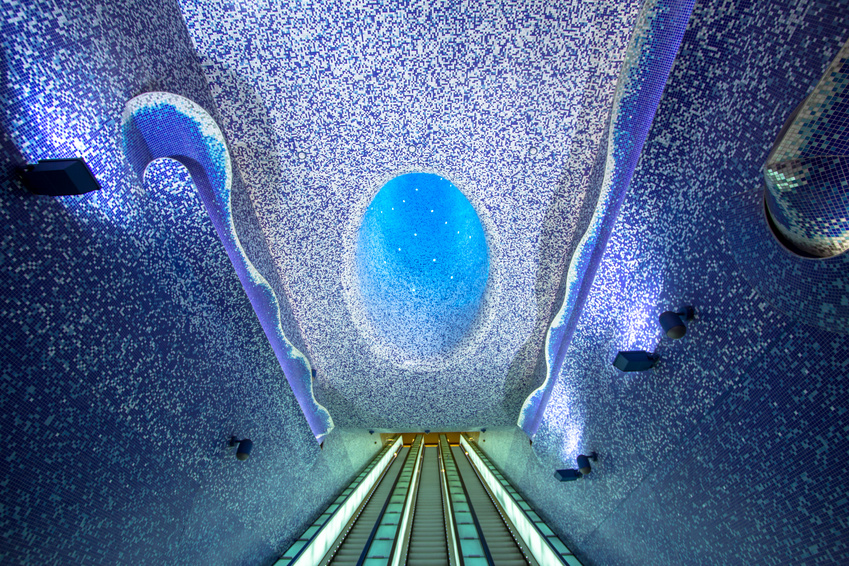Sometimes Australia seems like one big railway infrastructure project.
With a forecast 8 million people moving to our major capital cities in the next 20 years, it’s not surprising. Infrastructure Australia estimates that demand for public transport in Sydney will grow 48% by 2031 and almost double in Melbourne and Perth.
In response we see projects like Sydney Metro, Melbourne Metro, Cross River Rail and Metro in Brisbane and Perth’s Metronet. They come with consequences; triggering zoning changes, catalysing development, increasing densities and transforming suburbs. These huge transport projects are shaping our cities.
But how do our cities shape the experience of their public transport?
As more people take to public transport, this question becomes louder for governments rolling it out. For many people, a daily public transport journey is their primary experience of the city. The nature of that experience provides a very large window into the city’s character; its creativity and values. In short – its culture.
Some Australian governments are rising to meet the challenge. Recently Cultural Capital delivered the cultural masterplan commissioned for Sydney Metro City and Southwest by Transport for NSW.
With Sydney Metro, Transport for NSW is building on some great work it’s already done. Recently commissioned cultural infrastructure at Wynyard, including the artwork Interloop and digital media showcase Wynscreen has transformed the cultural experience at Wynyard Station.
It’s come none too soon; in cities like New York, London, Stockholm and Brussels cultural programs are well established within public transport networks. While these global programs expand in number and scope, enriching the cultural experience of their cities, much of Australia’s transport infrastructure remains bland and homogenous, leading to a de-humanising customer experience.
All too common in contemporary urban environments, homogeneity is the arch-enemy of character and place-identity. One city that has tackled this head-on is Naples – whose Art in the Metro program partially states its mission as saving the city’s transportation network from anonymity and homogeneity.
So, how well does it work?
Well, better in some ways than others. What is does do very clearly is offer three practical lessons from which Australian cities can learn: scale, integration and maintenance.
On scale, almost without exception, larger works are more impactful. Small works just get lost in the vast homogeneity of their surrounds, unable to provide an adequate counterpoint to its drabness. And, as if knowing it themselves, many smaller works exude a sense of defeat and dejection that takes one’s human spirits down with them.
Conversely, large works are capable of cutting through the sterility and elevating the experience of the station. Sol LeWitt’s thirty-five-metre-long colour panels Wall drawing at Stazione Mateidei are a good example. Fully lining both sides of the walkway, these very large works take ownership of the space and successfully overpower the cheerlessness of the station environment. That simple achievement creates a feeling of uplift in the viewer.
Three-dimensional works require less scale to achieve a similar effect, though successful examples are rare. One of the best is the nose to tail FIAT 500 sculpture at Salvatora Rosa Stazione by Perino and Vele. Large enough to be impactful, this work is cleverly sited to dominate its space without impeding traffic flow through the station.
That question of successfully siting the artworks in the high-traffic public environment of a station leads directly into the second issue, that of integration. In Naples, the more architecturally integrated the art, the better the result. The exemplar is Crater de luz; the result of a collaboration between Oscar Tusquets Blanca and Robert Wilson at Toldeo Stazione. Winner of numerous awards, including the LEAF Award as Public Building of the Year in 2013, this is the work that has come to embody the project and earned Toledo the reputation as the most beautiful underground station in Europe.
Entirely integrated at planning stage, the artwork and the experience it delivers are inseparable from the architecture.
The experience takes place on the escalator ride, which as the epicentre of monotony in any station, is the perfect place for it. As one ascends or descends, an all-encompassing blue-tile mosaic creates the impression the escalator is moving into a grotto. Making the experience transformational is an overhead lightwell drawing daylight deep down into the subterranean station from the surface world fifty metres above. This connection between surface and subterranean is profound and augmented on exiting the station by the visible light wells as objects in the landscape.
And finally; maintenance. If there’s no viable, rock-solid plan for maintenance it’s simply not worth commissioning the art. In harsh railway environments, there must be a realistic budget and a body appointed to maintain the art or the works must be maintenance-free apart from easy cleaning.
In Naples, the works that best meet that brief best are ceramic tile and mosaic works. Far too many sculptural works and framed pieces showed the dirt of their surroundings, and with many located in difficult to access locations it’s a tough problem to fix. Lightboxes with blown bulbs scream lack-of-care.
Poorly maintained works create a result that’s probably sadder than no works at all; where men and women have left their creative marks, it is soul-destroying to witness their decline into dilapidation and disrepair.
In summary, the building of Australia’s new railway infrastructure provides a once-in-a-generation opportunity to showcase the character and culture of our cities with art. Naples demonstrates that it works better when the art is big and easily seen, and much better when it’s fully integrated at planning stage. And it needs to be kept clean and in good working order. What are we waiting for?
To find out more about how Cultural Capital can help create urban development that works for people and profit, please read our capability statement here
Contact us:
Studio Manager, Bethan Donnelly, bethan@culturalcapital.city +61 432 287 603







